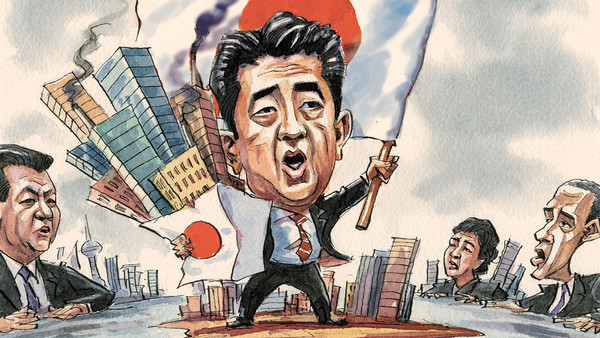 June 8 (Reuters) – The U.S. debt will top $13.6 trillion this year and climb to an estimated $19.6 trillion by 2015, according to a Treasury Department report to Congress.
June 8 (Reuters) – The U.S. debt will top $13.6 trillion this year and climb to an estimated $19.6 trillion by 2015, according to a Treasury Department report to Congress.
The report that was sent to lawmakers Friday night with no fanfare said the ratio of debt to the gross domestic product would rise to 102 percent by 2015 from 93 percent this year.
“The president’s economic experts say a 1 percent increase in GDP can create almost 1 million jobs, and that 1 percent is what experts think we are losing because of the debt’s massive drag on our economy,” said Republican Representative Dave Camp, who publicized the report.
He was referring to recent testimony by University of Maryland Professor Carmen Reinhart to the bipartisan fiscal commission, which was created by President Barack Obama to recommend ways to reduce the deficit, which said debt topping 90 percent of GDP could slow economic growth.
The U.S. debt has grown rapidly with the economic downturn and government spending for the Wall Street bailout, the wars in Afghanistan and Iraq and the economic stimulus. The rising debt is contributing to voter unrest ahead of the November congressional elections in which Republicans hope to regain control of Congress.
The total U.S. debt includes obligations to the Social Security retirement program and other government trust funds. The amount of debt held by investors, which include China and other countries as well as individuals and pension funds, will rise to an estimated $9.1 trillion this year from $7.5 trillion last year.


 June 8 (Reuters) – The U.S. debt will top $13.6 trillion this year and climb to an estimated $19.6 trillion by 2015, according to a Treasury Department report to Congress.
June 8 (Reuters) – The U.S. debt will top $13.6 trillion this year and climb to an estimated $19.6 trillion by 2015, according to a Treasury Department report to Congress.  A memo sent out to vice-presidents and higher-level employees at Barclays Capital provides a rare glimpse into how Wall Street flexes its political muscles around election times.
A memo sent out to vice-presidents and higher-level employees at Barclays Capital provides a rare glimpse into how Wall Street flexes its political muscles around election times. -1.87 (-1.09%)
-1.87 (-1.09%) 
